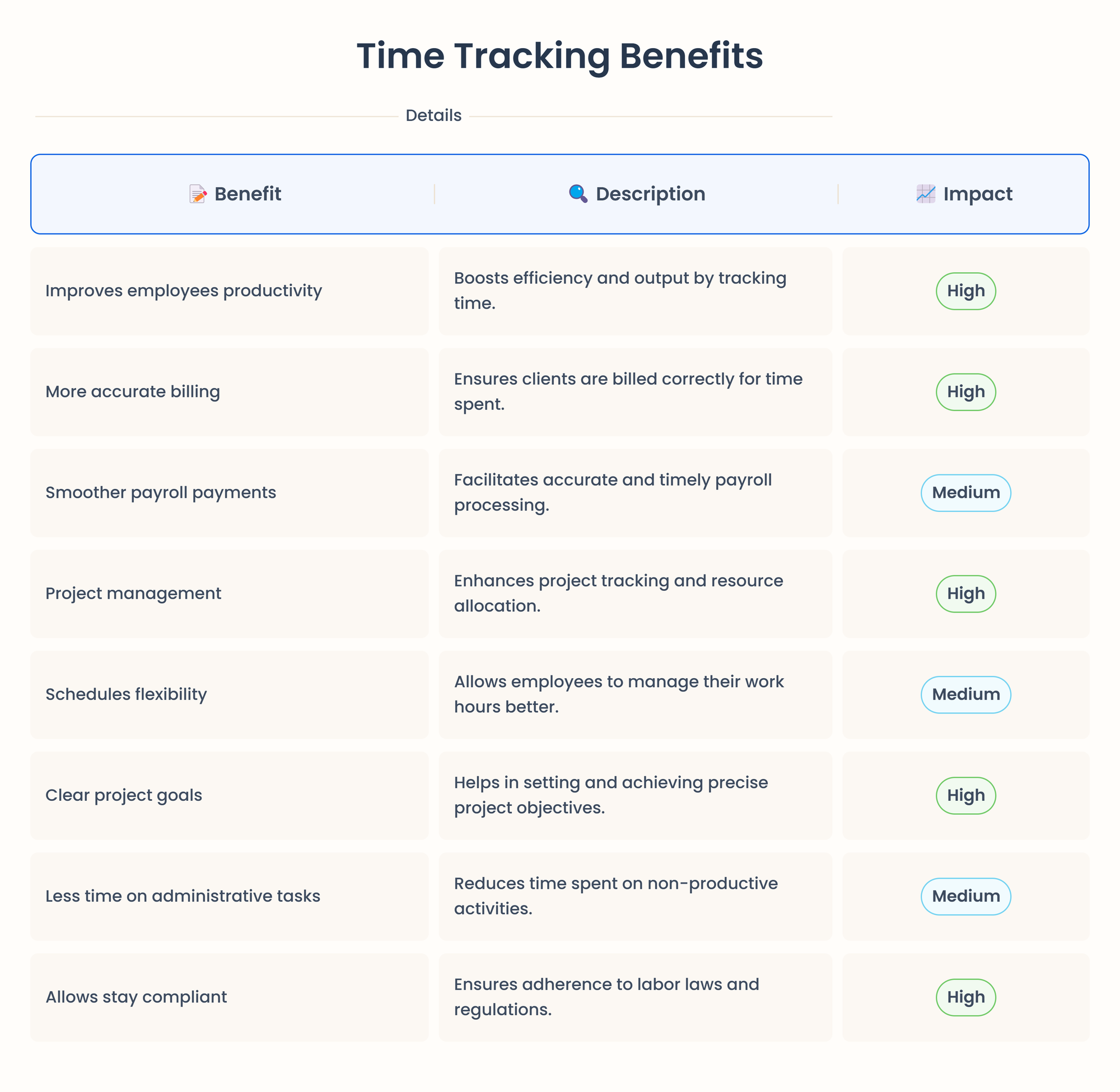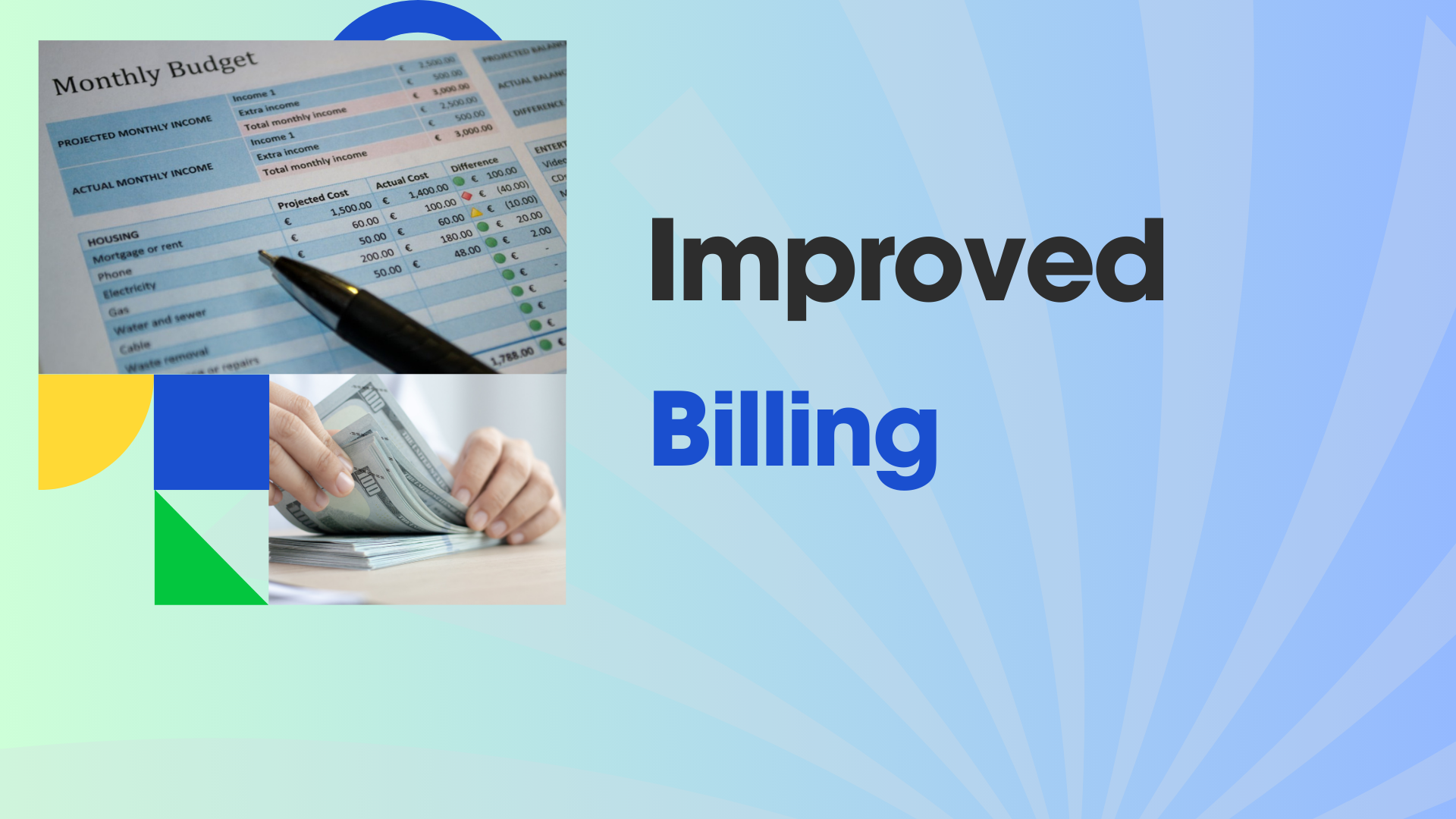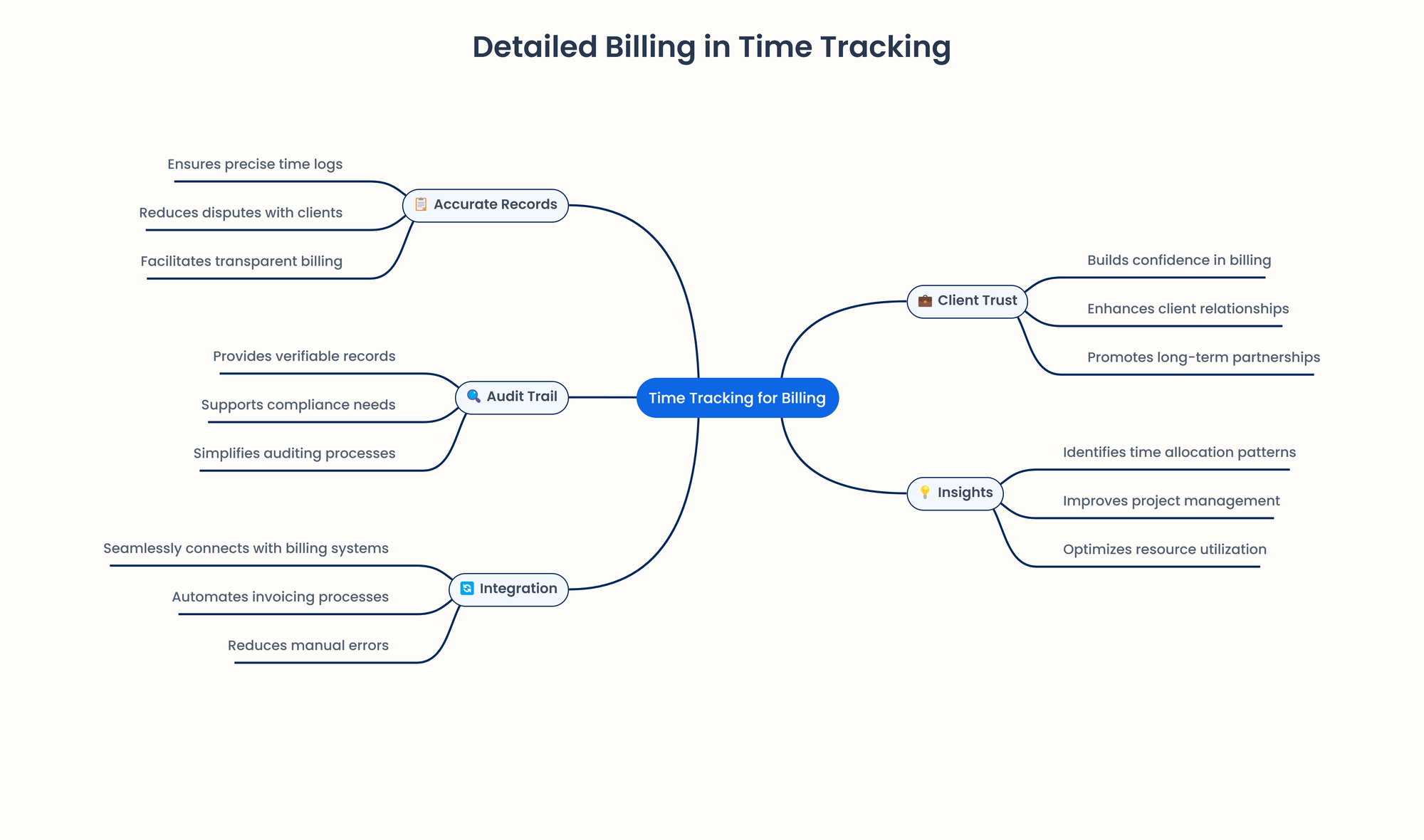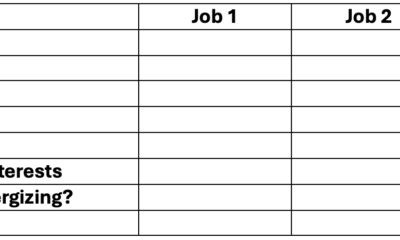Productivity
The Reasons Why Employee Time Tracking Improves Productivity
In understanding why time tracking is important for employers and employees, there are several aspects, which are worth discussing with your team to prevent the negative perception of time tracking or let it fall under the category of the tool of oppression.
Thus, to realize the importance of time tracking, workers are to be presented with evidence of how employee time tracking makes a positive impact on productivity.
The best way to do it is to show time tracking functionality that stretches far beyond monitoring employees’ activity, and, in actuality, helps maintain work-life balance and brings flexibility.
Introducing the benefits, employers and business owners may start by listing reasons why time tracking is crucial and building this list as below.

How Employee Time Tracking Benefits Businesses
Increase in Employees’ Productivity
Start the presentation of time tracking practices at work with conferring why time tracking is essential for employee productivity

Ensures Precise Time Tracking
First and foremost, point out that it ensures the accuracy of work time records 💯
Automated time management secures the proper registration of the working hours that have been worked. It enables employees to get fair compensation and be accountable for their time.
Employers can be assured of the resultant figures encouraging a culture of transparency, thus, leading to high productivity.
Recognizes Employee High Performance
It can be also added that it arms employers with a tool that recognizes the dedicated teams’ efforts and excludes bias.
Highlights the Value of Employee Time
It sheds light on one more question, – the worth of employee time.
Financially speaking, with the tool for accurate work time calculations and categorizing billable and non-billable activities, employees can easily break down their hours by projects and tasks to maximize billable hours.
How to Calculate Billable Hours
For lots of industries, tracking billable hours is critical. Either you’re looking for the increased billing capacity or saving time on business operations, you need to know most important factors determining calculations of billable hours.

Focusing exclusively on time input and output metrics leads to potentially dangerous oversimplification in domains of personal productivity that always demand consideration. Rather than monitoring for spotting underperformers, activity and time tracking must be regarded as a building block in complex evaluation.
Nobody is your productivity twin: we all differ in what our productivity peaks look like. Although data from time tracking reports are not equal productivity metrics, employees can be encouraged to apply time and activity tracking data for in-depth research and exploration of personal productivity.
It allows for allocating productivity peaks as best suited time slots for performing focus tasks or zoning in deep work.
Actionable tips: Based on the number of tasks completed, it is easy to calculate individual completion rates, get metrics on the ratio of planned vs. actual execution time, and work out time-related conditions for achieving your best performance.
Therefore, time tracking provides businesses with key operational metrics:
- quantifying project estimation vs. project evaluation
- identification of bottlenecks in project and individual work
- distinguishing top performers
- improving business profitability.
More Accurate Billing

Employee time tracking enhances billing precision for businesses. Here are the key ways it helps.
Precise Time Allocation
Time tracking gives minute-by-minute information on how the employees spend their working time. Rather than making an approximate idea in their head or jotting in a notebook, they have factual recordings of hours on indicated projects/tasks/clients. This means billing is determined by the number of working hours spent on a project, not estimates.

Detailed Billing
Detailed time logs are easy to document and, most importantly, they are incontestable. Each billable hour is documented with:
- Specific task descriptions
- Exact time spent
- Project or client information
- Dates and deadlines.
This reduces the chance of unnecessary conflict with the clients while at the same time, adding value to clients through sheer transparency on charges that they are billed for.
Less Time is Wasted
Automatic time-keeping systems control time usage with features like:
- Automatic clock-in/out
- GPS verification
- Detailed activity logs
- Make it a point that billable hours really correspond to actual work done.
Integration with Billing Systems
Actionable tips: A new generation of time and attendance software has options to feed into revenue recognition and invoicing systems translating recorded hours to charges. This almost completely eliminates errors.
Client-Level Granularity
Hourly rates could be different for distinct clients or different projects.
Time tracking enables:
- Precise rate application
- Monitoring of multi-rate projects
- When dealing with a breakdown of work performed, we refer to specific categories of work.
Smoother Payroll Payments

Employee time tracking supports the fast and correct calculation of employees’ payroll and streamlines payroll payments.
Simplified Payroll Processing
Compared with other forms of records, digital records minimize the possibility of lost or misplaced time cards.
Electronic time capture solutions eliminate paper time cards increasing efficiency and reliability in payroll processing:
- Eliminating manual data entry
- Reducing calculation errors
- Compliance with the general labor laws.
Advanced time tracking systems offer additional benefits:
- Project and task-based time allocation
- Applicable pay rate settings that agree with user requirements
- The calculation of overtime
- Comprehensive reporting tools.
Organizational Benefits
Implementing robust time tracking helps organizations:
- Minimum time to process payrolls
- Eliminate wage theft and time fraud.
- A guarantee of correct taxation and observance of labor laws.
Actionable tip: Using technology, companies can turn the traditional process of timekeeping into one of the most powerful tools for payroll management.
Project Management

Time tracking for employees can greatly improve practices of project management by giving more information and optimizing the following areas.
Resource Management
- When using work hours recording, you will be able to identify overworked or idle employees.
- Project workloads can be maneuvered to match organizational requirements based on project time tracking.
- Conduct temporal analysis to determine the availability of workers on certain projects for future reference.
Improved Budgeting
- Record time is taken in performing tasks to enable more competent cost projections for future projects.
- Identify what takes too much time and effort to be completed so that you can manage workflows and, thus, save money.
The insights from project time tracking enable management to make more informed decisions about:
- Hiring needs
- Skills development
- Process optimization
- Task prioritization.
Overall, when employees track project time, it creates:
- More personal responsibility
- Better communication on work progress
- Zero productivity leakage.
Schedules Flexibility

-

 Professional Development1 month ago
Professional Development1 month agoDrawing up your strategy
-

 Personal Growth2 months ago
Personal Growth2 months agoSucceeding as a ‘parentpreneur’: Top tips
-

 Videos2 months ago
Videos2 months agoGreat Leaders INSPIRE Others To Do Great Things
-

 Productivity1 month ago
Productivity1 month agoHow to Increase Remote Work Productivity
-

 Productivity2 months ago
Productivity2 months agoTips for Boosting Work Productivity
-

 Productivity2 months ago
Productivity2 months ago5 Ways to Increase Your Personal Assistant’s Productivity
-

 Leadership1 month ago
Leadership1 month agoHow to Tackle Big Challenges
-
Leadership1 month ago
Cutting Through the Clutter of Internal Communications































